
Virtual Reality Applications: Revolutionizing Science and History Lessons in English
Virtual Reality (VR) has emerged as a dynamic educational tool, reshaping the way science and history are taught in English classrooms around the world. Far more than a novelty, VR enables immersive learning experiences that transcend traditional textbooks, offering students interactive and engaging ways to understand complex topics. By leveraging this advanced technology, educators can transport learners to different periods in history or deep inside scientific phenomena, enhancing both comprehension and retention. The following sections explore how VR is propelling science and history education into an exciting new era, empowering learners with unparalleled access to knowledge.
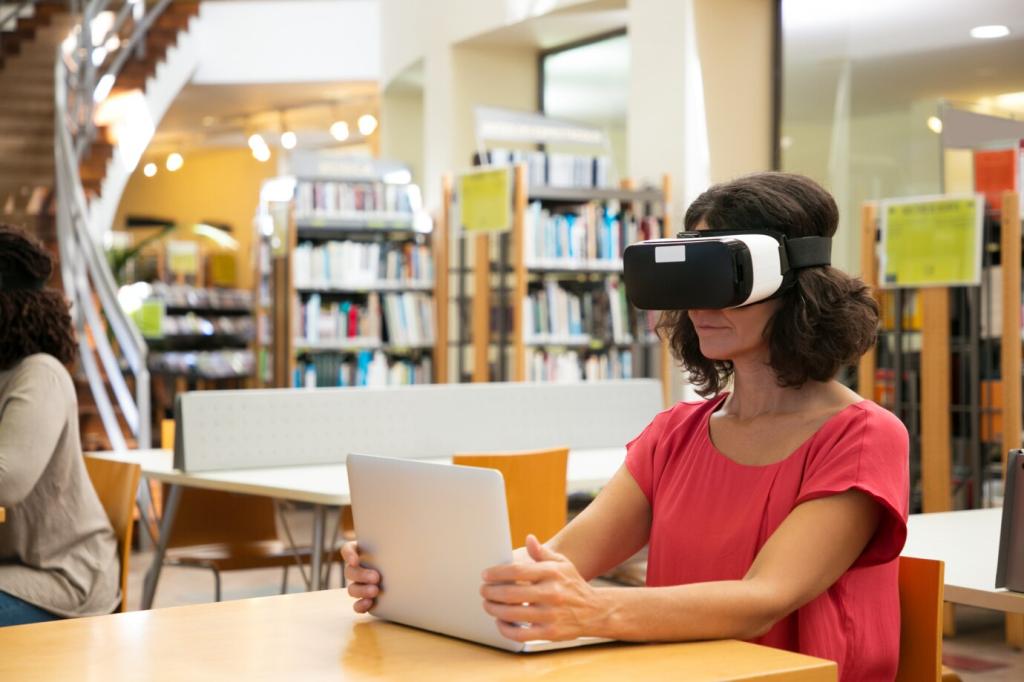
Exploring the Human Body in Virtual Reality
VR allows students to journey inside the human body, offering a perspective unattainable through diagrams or animated videos. With immersive headsets, learners can virtually navigate through the circulatory system, observing blood flow, oxygen exchange, and the functions of vital organs up close. This interactive exploration enables students to visualize physiological processes in three dimensions, making abstract concepts tangible. Teachers can structure lessons as guided tours, pausing at key structures to explain their roles and significance, or encouraging students to investigate at their own pace. The result is a comprehensive, memorable experience that solidifies understanding and sparks fascination with biology.
Virtual Field Trips to Space and Beyond
Studying the universe can be challenging when learners are limited by classroom boundaries. VR transforms astronomy lessons by transporting students into the cosmos, allowing them to explore planets, stars, and galaxies as if they were astronauts themselves. These virtual field trips provide a sense of scale and wonder that static images cannot achieve. Students can witness planetary rotations, travel along the Milky Way, and observe astronomical phenomena from different vantage points. By offering a firsthand perspective, VR demystifies scientific concepts and invigorates students’ appreciation for the universe, laying the groundwork for lifelong interest in space science.
Simulating Complex Scientific Experiments
Many schools lack the resources to conduct sophisticated laboratory experiments due to cost, safety concerns, or logistical constraints. VR steps in to bridge this gap by providing virtual laboratories where students can conduct experiments with realistic precision. Learners can mix chemicals, operate scientific equipment, and analyze results without risk or expense. This not only democratizes access to high-quality science education but also encourages experimentation and discovery. Students can repeat procedures, observe reactions at the molecular level, and immediately see the outcomes of their actions, transforming their understanding of scientific methodologies.
History Comes Alive Through Virtual Reality
Imagine studying world-changing events not as removed facts but as vivid, lived experiences. VR allows learners to witness significant moments in history from the perspectives of those who were there. Whether standing on the battlefield of Hastings or observing the signing of the Magna Carta, students can immerse themselves in pivotal events. By interacting with their virtual surroundings and hearing firsthand accounts, they develop a deeper appreciation for historical context, motivations, and consequences. These powerful experiences inspire curiosity, spark critical discussions, and help learners connect the past to their present lives.
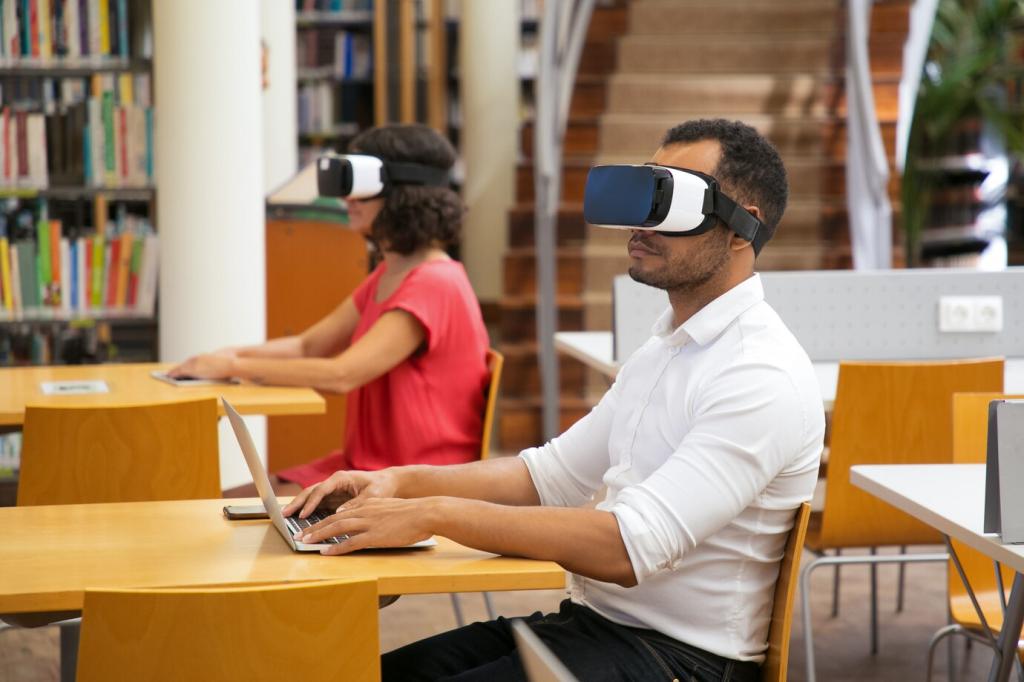
Advancing Language Skills Through VR Integration
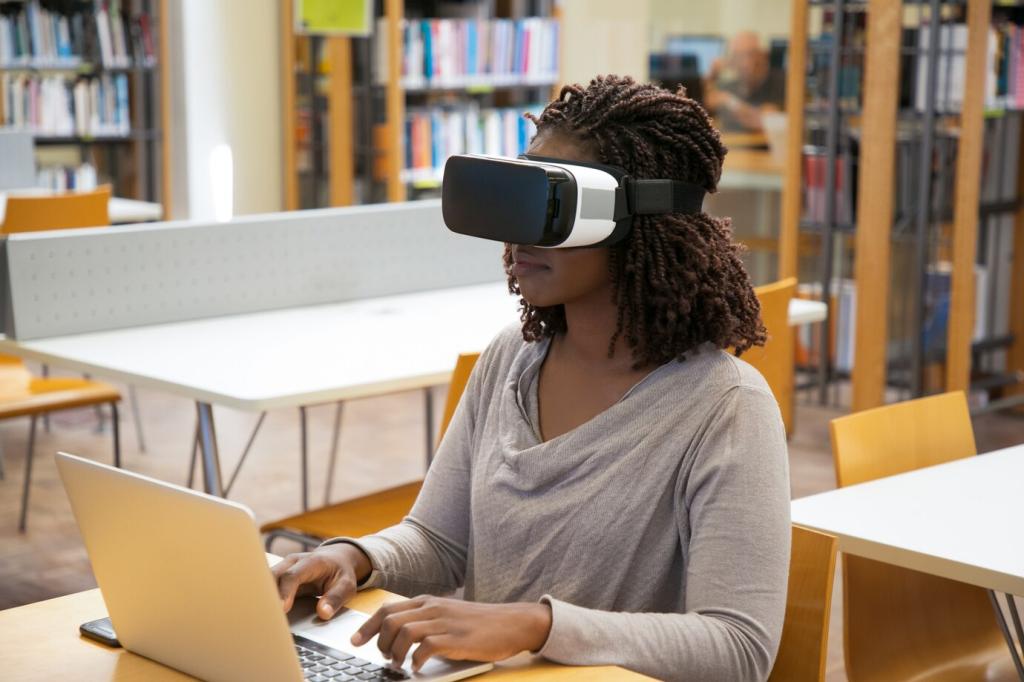
Immersive Vocabulary and Contextual Learning
Learning scientific or historical terminology can be daunting, especially for non-native English speakers. VR addresses this challenge by presenting vocabulary in rich, contextualized environments. Instead of memorizing words in isolation, students encounter and use new terms as they explore virtual ecosystems, conduct experiments, or navigate historical settings. This contextual approach aids retention and comprehension, as vocabulary becomes associated with vivid experiences rather than abstract definitions. By engaging multiple senses and situating language in action, VR makes English both accessible and memorable, fostering greater confidence among learners.
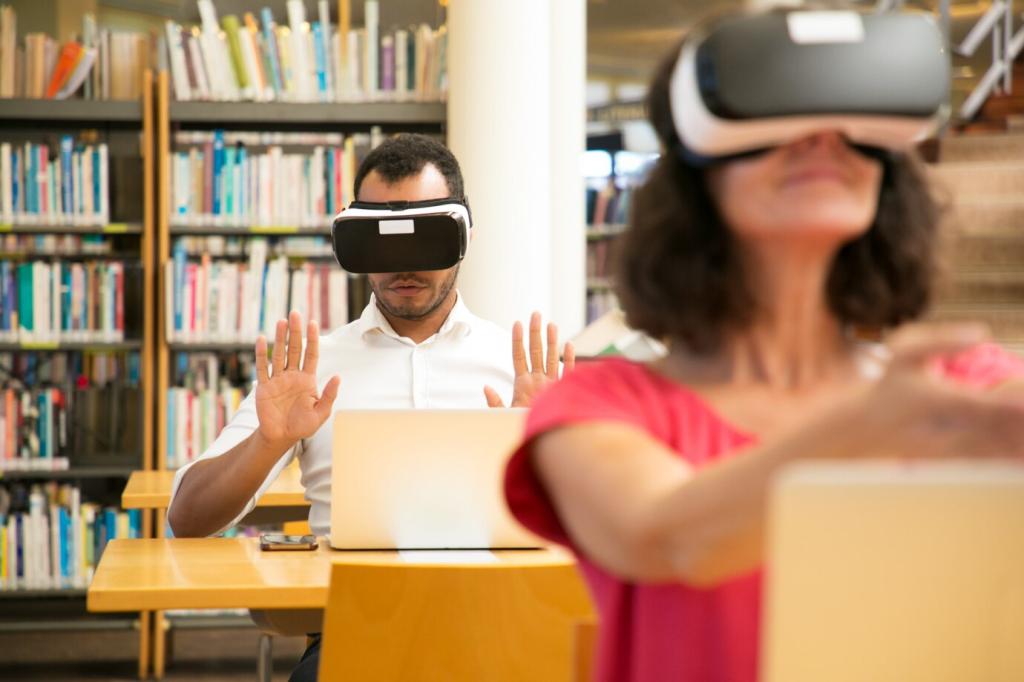
Enhancing Listening and Speaking Skills
Traditional classroom conversations often lack the spontaneity and diversity of real-world communication. VR enriches language development by facilitating authentic dialogues with virtual characters or fellow learners in dynamic environments. Students might negotiate tasks on a simulated archeological dig or participate in group discussions during a virtual scientific conference. These activities require learners to listen actively, respond thoughtfully, and adapt to changing scenarios. As a result, students develop fluency, critical listening, and conversational confidence, skills that translate directly to academic success and beyond.
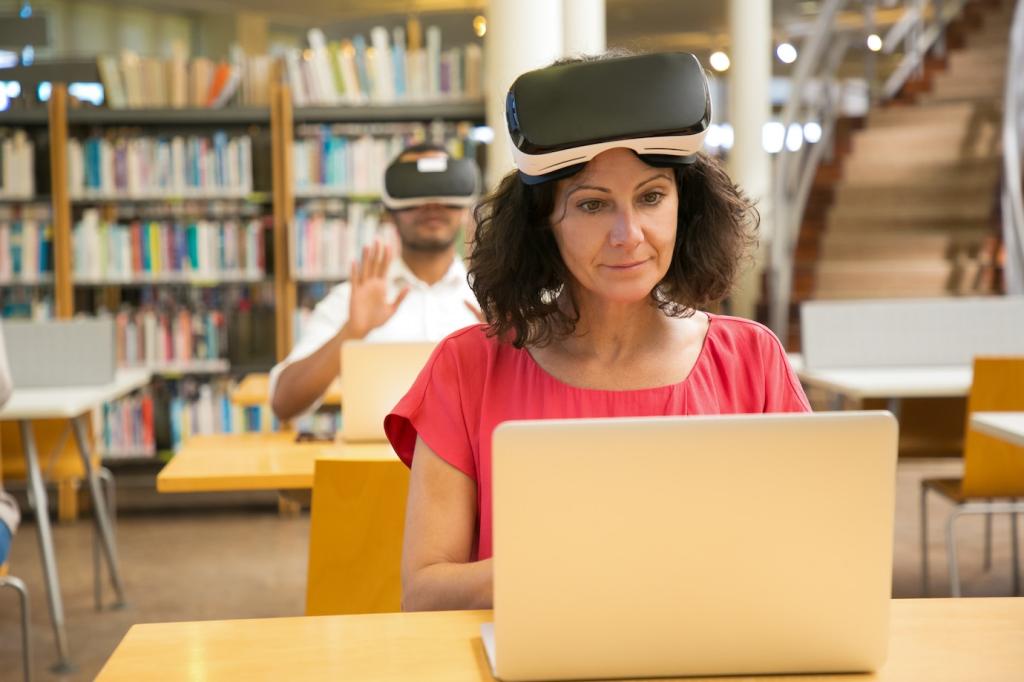
Collaborative Problem-Solving in Virtual Spaces
VR platforms often incorporate collaborative missions, where students must work together to solve scientific puzzles or unravel historical mysteries. These challenges demand clear communication, teamwork, and effective problem-solving, all conducted in English. As students negotiate roles, debate strategies, and share discoveries, they practice practical language skills in high-stakes, engaging contexts. Such collaboration not only strengthens linguistic abilities but also nurtures interpersonal skills and global awareness as learners interact with diverse peers in shared virtual spaces.
